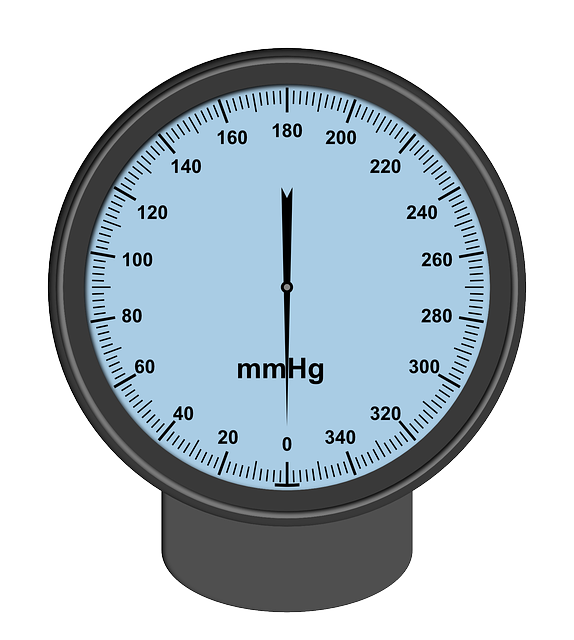A UK General Health Blood Test is a key preventive care tool, enabling early detection of health issues like cardiovascular disease and diabetes. Regular testing at home allows individuals to track changes in their body, promote proactive health maintenance, and potentially extend lifespans. This non-invasive test provides insights into cholesterol, glucose levels, blood cell counts, and vitamin D through a step-by-step process. Understanding results, which include Full Blood Count (FBC), Lipid Profile, and Liver Function Tests (LFTs), is crucial for identifying health issues like high cholesterol or liver inflammation and consulting healthcare professionals for personalized guidance.
Staying on top of your health is easier than ever with UK General Health Blood Tests, now accessible right at home. This comprehensive guide covers everything you need to know about these essential wellness checks. From understanding the tests and their significance to a step-by-step guide for conducting them yourself, we’ll walk you through the process. Learn how to interpret your results, decode your UK General Health Blood Test report, and take control of your well-being.
- Understanding UK General Health Blood Tests: What to Expect and Why They Matter
- Conducting a Comprehensive Wellness Check at Home: Step-by-Step Guide
- Interpreting Your Results: Decoding the UK General Health Blood Test Report
Understanding UK General Health Blood Tests: What to Expect and Why They Matter
In the UK, a General Health Blood Test is a routine check that provides valuable insights into an individual’s overall well-being. This test typically includes measurements of key health markers such as cholesterol levels, blood sugar, and kidney function. By examining a small sample of your blood, healthcare professionals can detect potential health issues at an early stage when they are most treatable. For example, high cholesterol levels can be an indicator of cardiovascular disease risk, while elevated blood sugar might suggest pre-diabetes or diabetes.
These tests are crucial for preventive care, as they allow individuals to take proactive measures to maintain good health. Regular UK General Health Blood Tests can help track changes in your body over time and ensure that any abnormalities are addressed promptly. Many people opt for these checks as part of their annual health maintenance routine, especially as they get older, to stay ahead of potential health challenges and enjoy a healthier, longer life.
Conducting a Comprehensive Wellness Check at Home: Step-by-Step Guide
Conducting a comprehensive wellness check at home is an empowering way to take control of your health in the UK. A simple self-assessment can often reveal valuable insights into your general well-being, including potential areas for improvement. One key component is a UK General Health Blood Test, which offers a non-invasive way to gauge various aspects of your health.
Here’s a step-by-step guide:
1. Plan and Prepare: Schedule a convenient time and ensure you fast for 8-12 hours before the test to get accurate results. Gather all necessary equipment, including a blood lactometer or a certified home testing kit that provides clear instructions.
2. Collect a Sample: Follow the kit’s directions to prick your finger and collect a small drop of blood. Some kits offer easy-to-use lancing devices for minimal pain and discomfort.
3. Analyze Results: Compare your results against the provided reference range. Key markers include cholesterol, glucose levels, red and white blood cell counts, and vitamin D – all vital indicators of general health. Interpretations can be found within the kit or through online resources specific to UK home health testing.
Interpreting Your Results: Decoding the UK General Health Blood Test Report
When you receive your UK General Health Blood Test results, it’s important to understand what each value means. Your report will include various measurements such as full blood count (FBC), lipid profile, liver function tests (LFTs), and more. Each result falls within a specific range considered normal. However, this range can vary slightly depending on the laboratory and the time of day the test was performed. It’s crucial to compare your results with these established norms.
For instance, a high cholesterol level might indicate a higher risk of cardiovascular disease, while elevated liver enzymes could suggest inflammation or damage to the liver. Interpreting these results accurately is key to taking appropriate action. If any values are outside the normal range, consult your healthcare professional for personalized advice and recommendations on lifestyle changes or further tests.
Performing regular UK General Health Blood Tests and wellness checks at home is a proactive step towards maintaining optimal health. By following the comprehensive guide provided, individuals can take control of their well-being and stay informed about potential health concerns. Interpreting test results accurately empowers folks to make informed decisions and seek necessary medical advice, ensuring a healthier future. Embrace this simple yet powerful tool for navigating your health journey.
